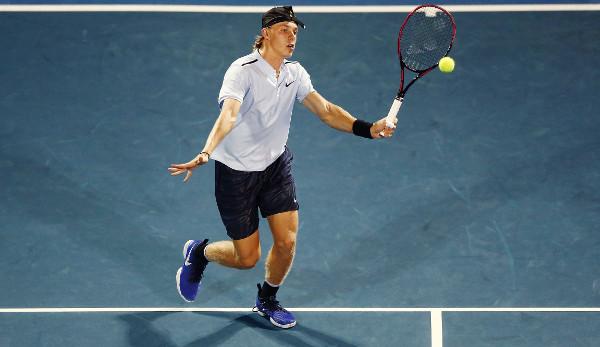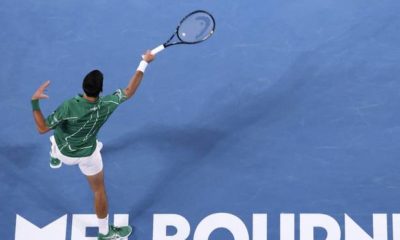Attacks on the net are a strategically wise solution to spread a little cinnamon in the playful pap of unity. The advancement and completion are the two pillars that make an attack on the net effective.
It’s not enough to just follow a good ball forward and hope that the volley will somehow win the points. Probably this way of thinking is the reason why many players on club level shy away from the net. This shyness decreases when you have a plan and know how to find this way to the net without any danger. Attacking the net not only brings variation to your own game, but also poses difficult questions to the opponent on the course, which he has to answer first.
The transition from the baseline to the net consists of two steps, which sound simple on the screen in the theory written here, but require a good understanding of the game and a feeling for speed on the part of the player, i. e. you. You need an understanding of the game to identify the right moment in the rally where a net attack makes sense.
The feeling for the speed of the stroke and the ball change in general helps you to go successfully through the two steps in the transition. The first target of your transition is the area on the T-line. If you follow the direction of your attack ball, first orientate yourself at the height of the T-line. Imagine a target flag just before or behind the T-line you want to reach after your attack ball. This is the first step on your way to a successful transition.
At the T-Line level, use the split step to position yourself for the first volley. The split step brings stability that you urgently need, as it is difficult to play a controlled flight ball from the movement. You gain control when you let your body’s centre of gravity slide down a little by kneeling a bit. Racket up and the eye on the ball – that’s how you reach a good position for the first volley.
Always have the game situation and the position of your opponent in the corner of your eye. Observe how your opponent moves to the ball and how far behind the baseline. A short flight ball is usually strategically wiser, since the opponent has a long runway and you don’t have to take the risk of having to play on the lines.
The goal of the transition is to get as close to the net as possible in order to put your opponent under maximum pressure. The second step of the transition is moving up after your first flight ball. The second target flag is as close to the net as possible. As with the attack ball, you follow the direction of your first flight ball. So you follow this ball and follow it as close as possible to the edge of the net.
This will reduce the angles for your opponent, who will then be in a position to play the most grandiose ball possible. This can be a passing ball or praise – both variations should be played perfectly. If your opponent does not play a breathtaking ball, you have the ideal position, standing close to the net, to complete the rallies. You don’t have to be a heavenly volley god for that. Since you are close to the net, the angle is optimal for your volley.
Of course, this execution of the transition is an ideal pattern, which in practice cannot be implemented as easily as it reads here. Train this transition with a teammate, study moves and use this strategy in the match if you feel confident and confident. Transition is so difficult because you enter unfamiliar areas of the course. However, if you make yourself enter these areas more often during training and find security there, you can make your game more varied and dangerous.














You must be logged in to post a comment Login